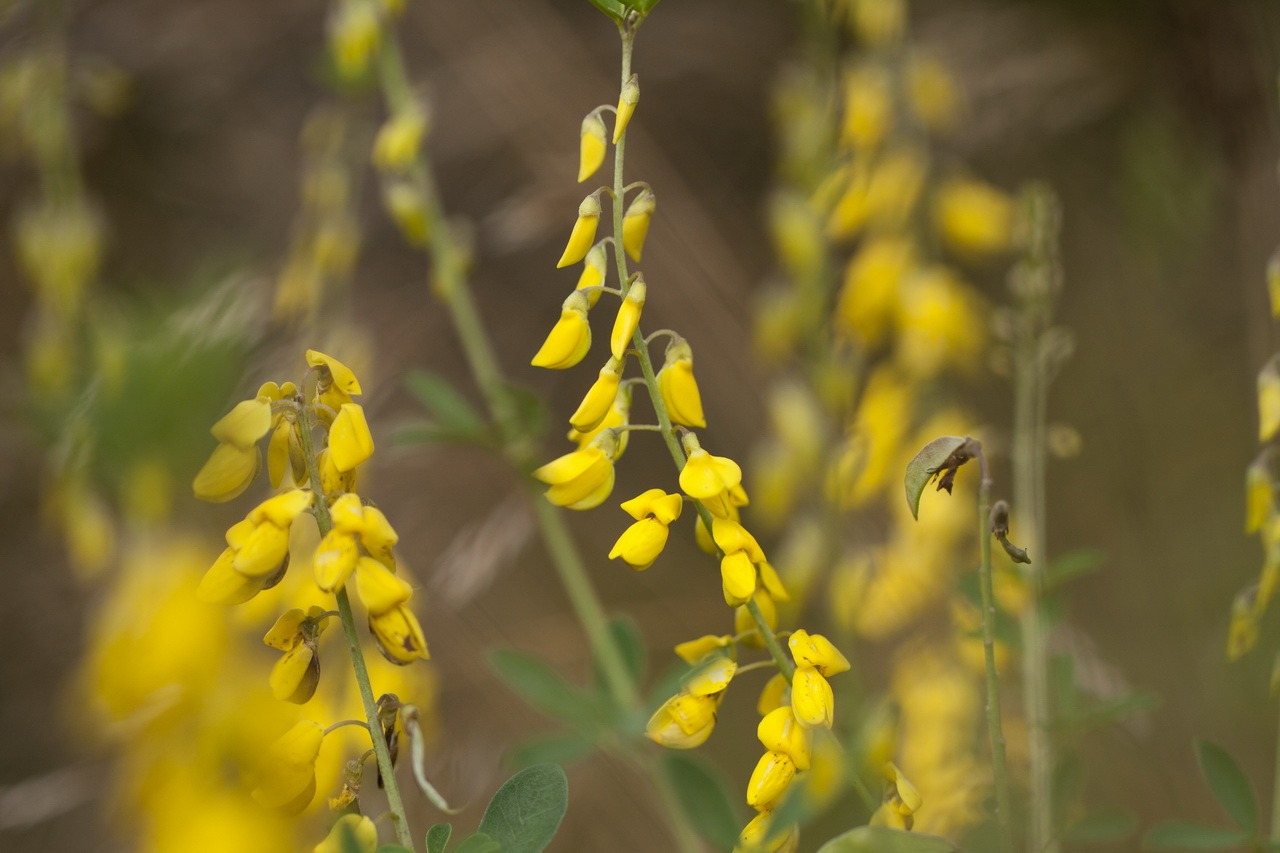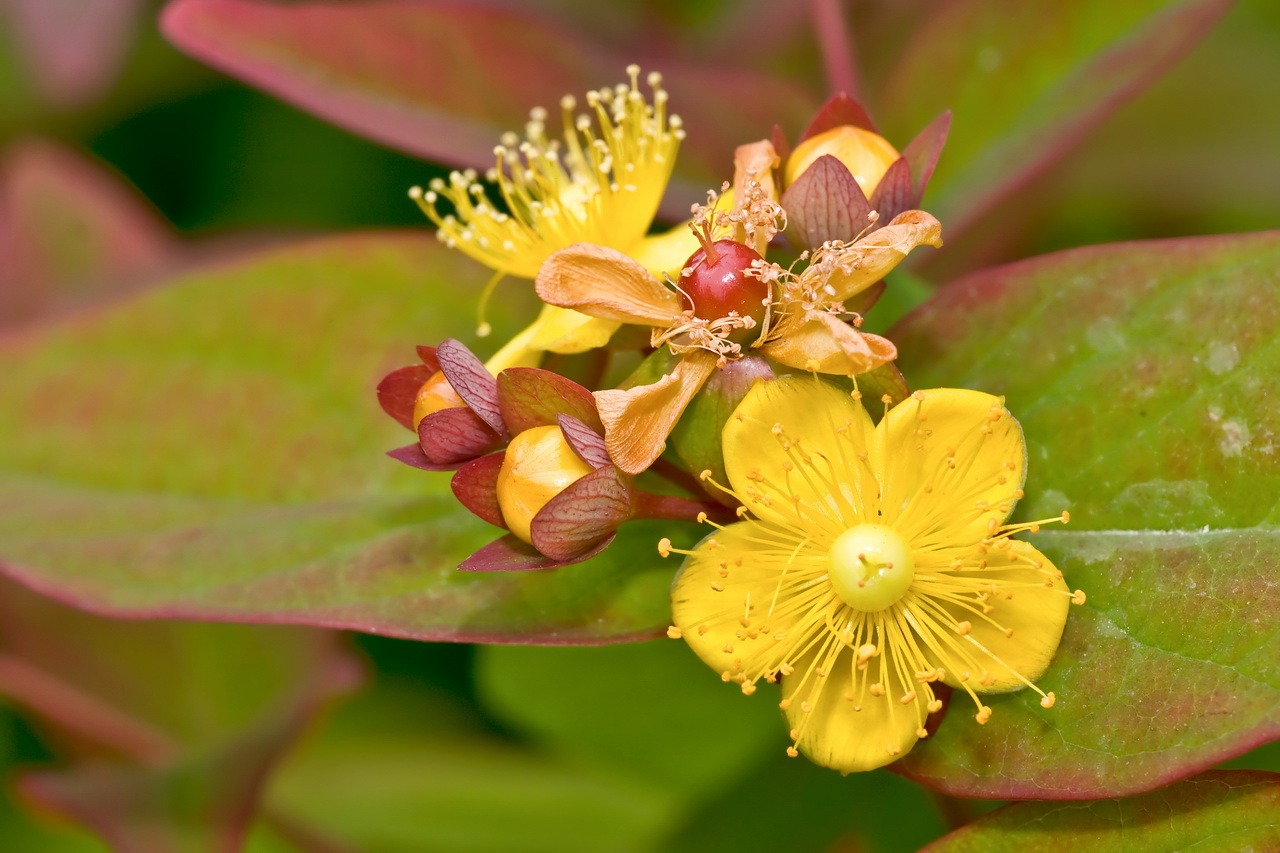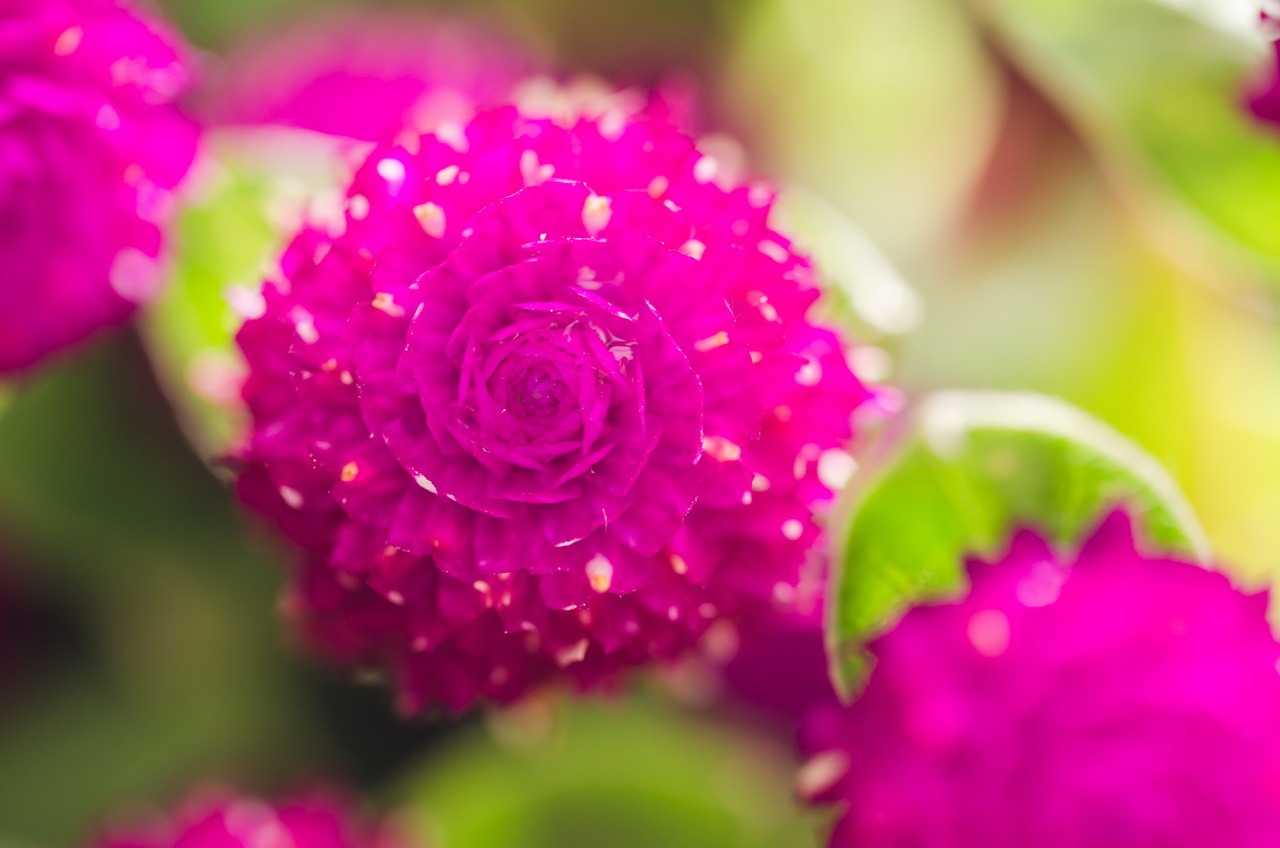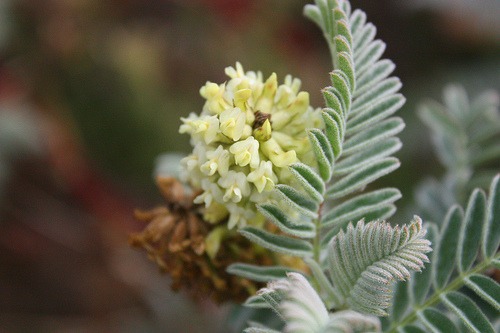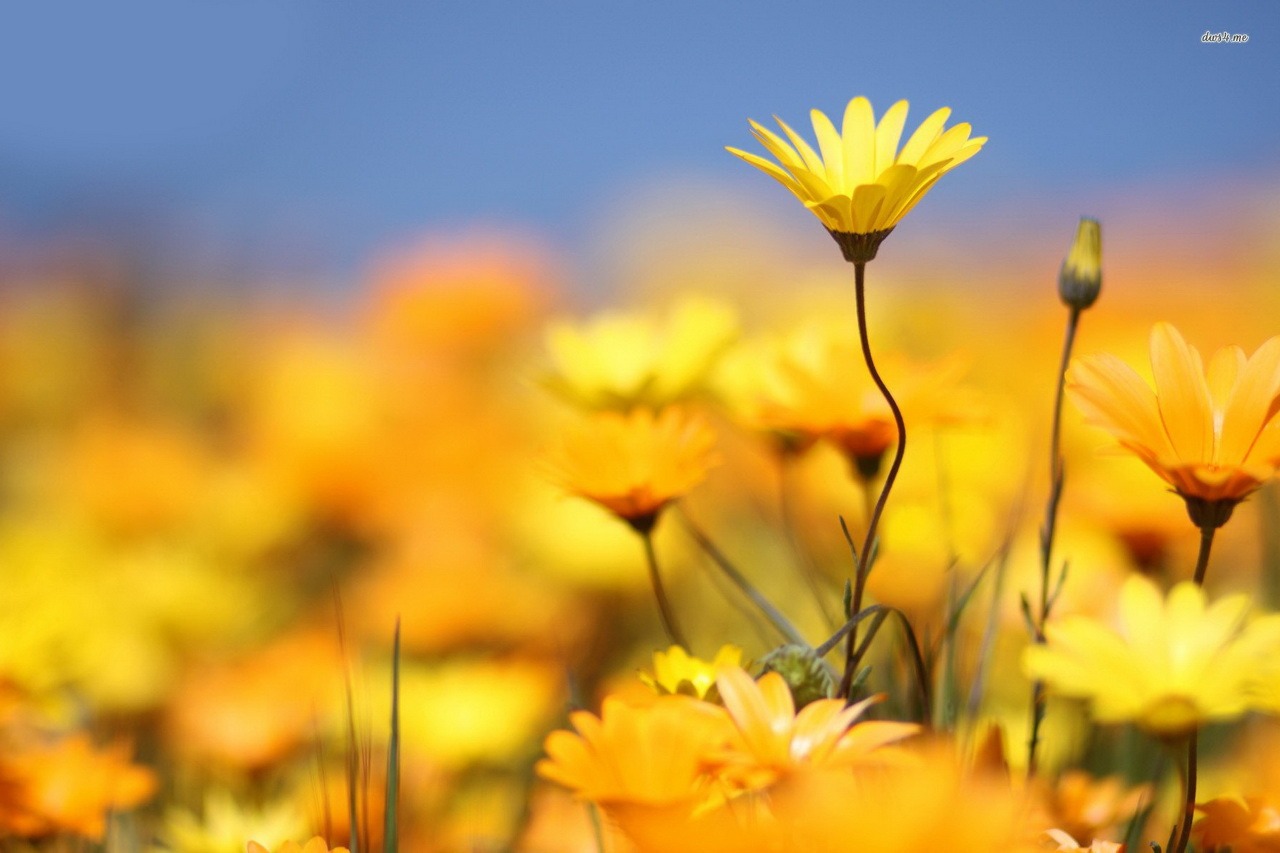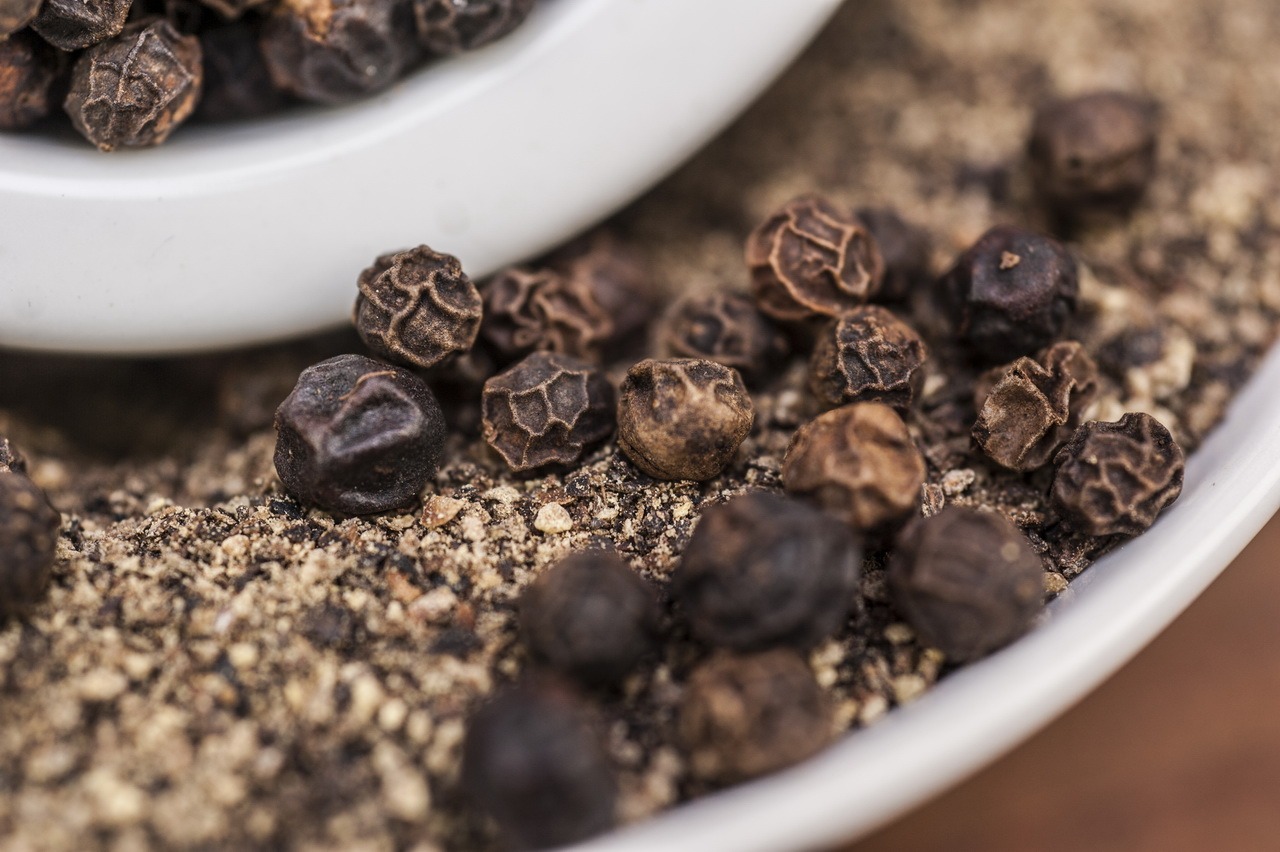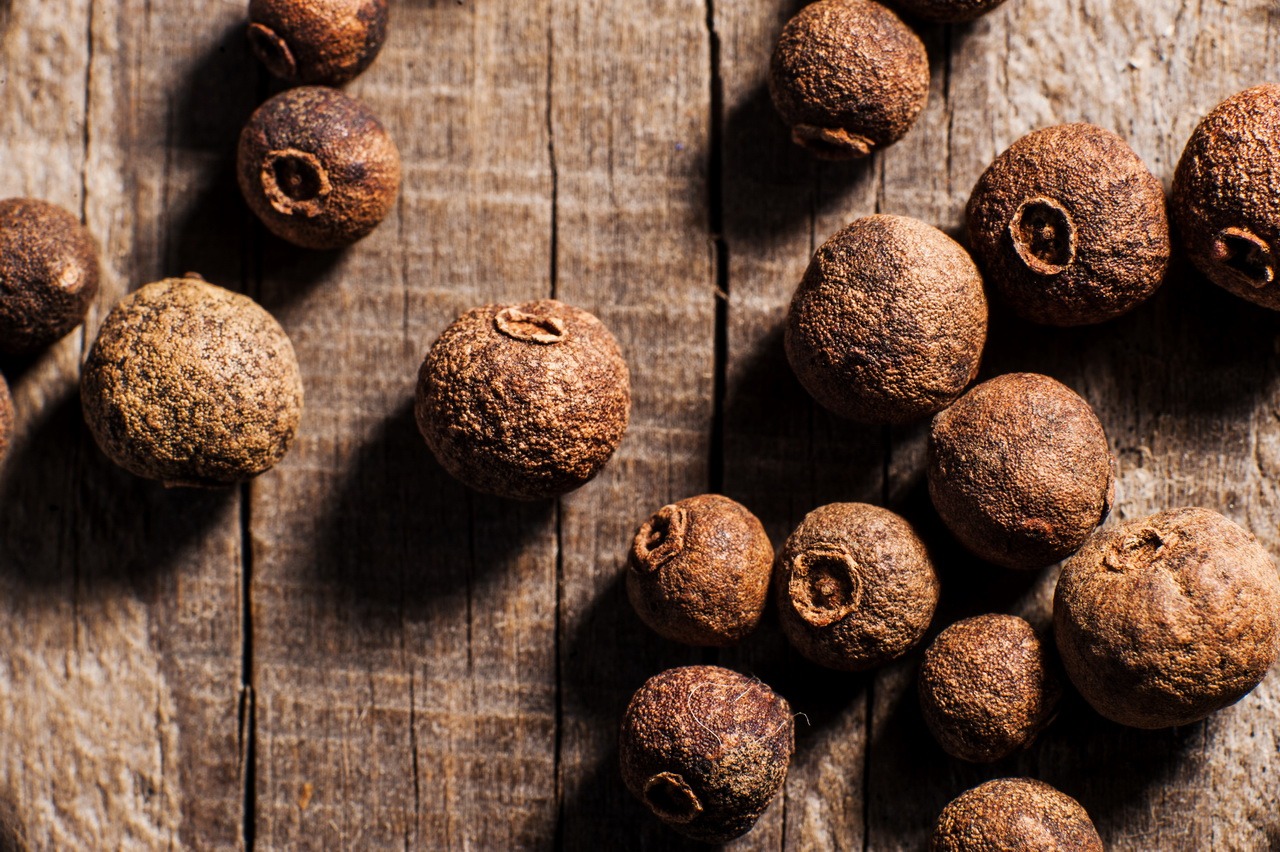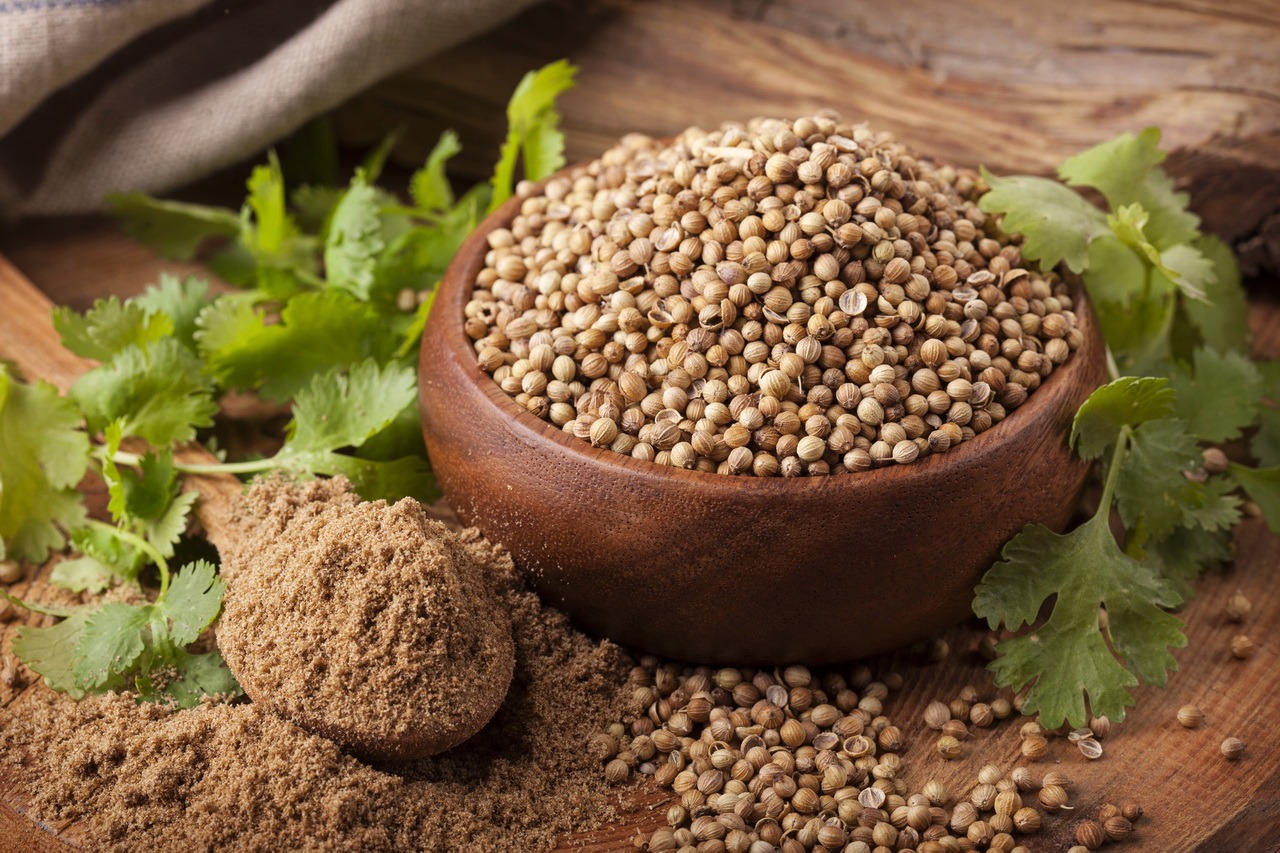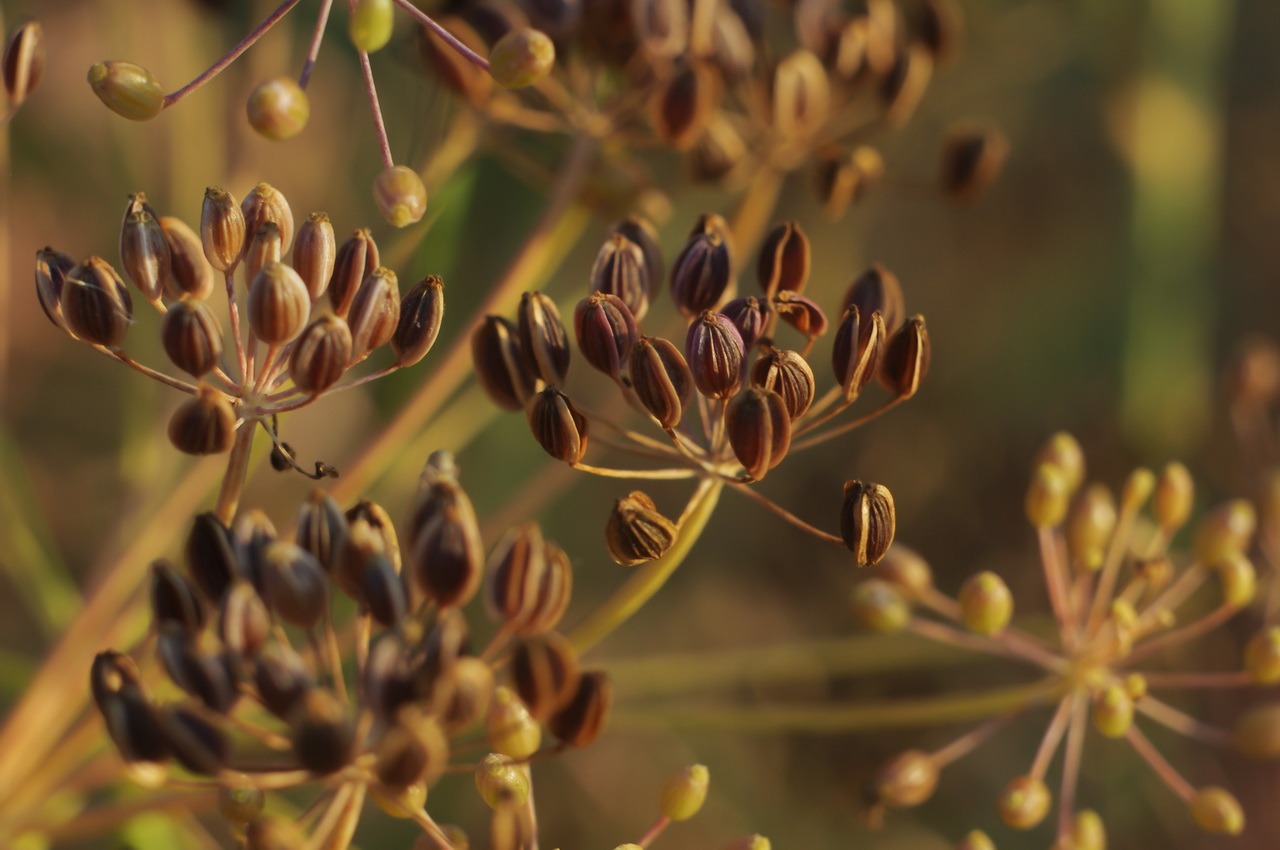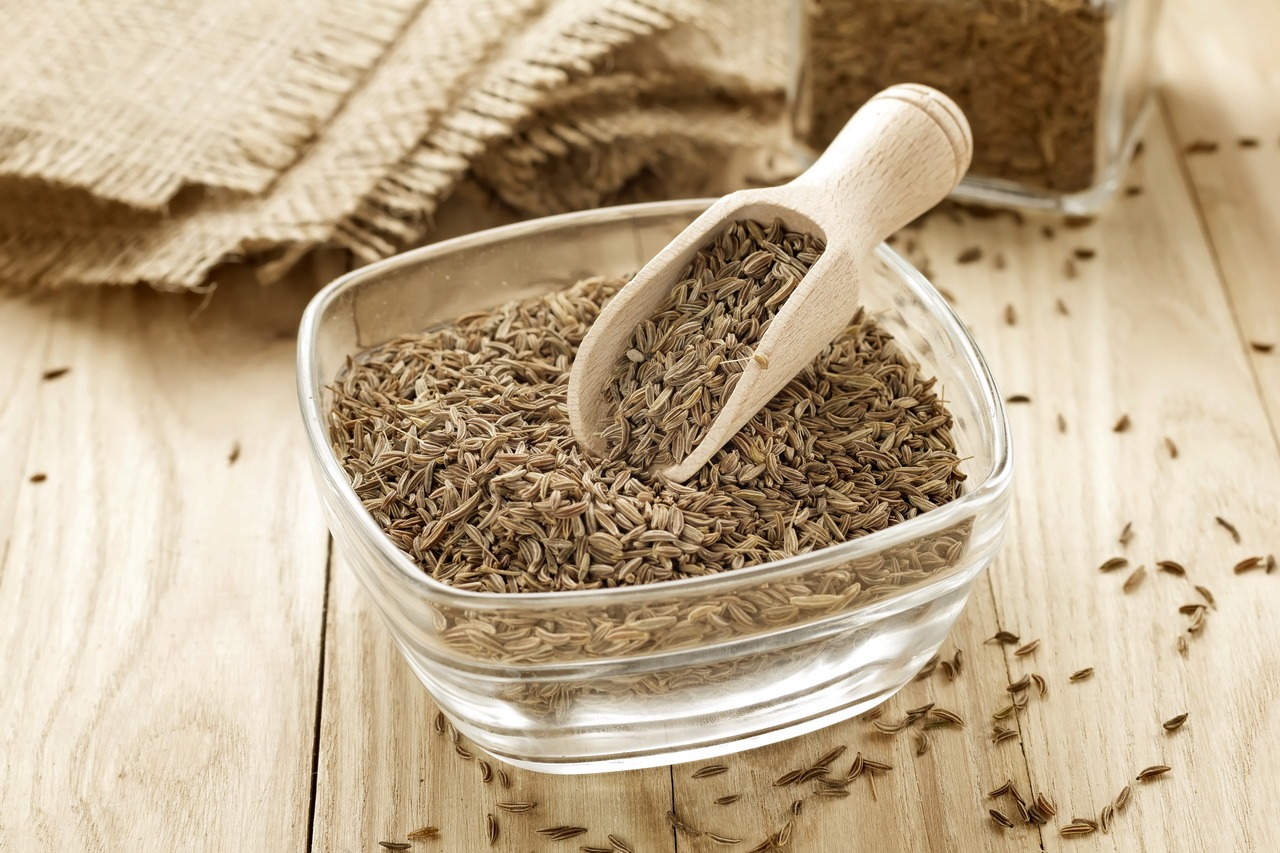Hedysarum (sweetvetch) CO2 extract
Hedysarum (sweetvetch) is a genus of the botanical family Fabaceae, consisting of about 200 species of annual or perennial herbs in Asia, Europe, North Africa, and North America. The yellow inflorescences of sweetvetch, which have a characteristic honey smell and a very pleasantly tangy, spicy, sweetish taste, are most often used to produce CO2 extracts. […]
➜ Weiterlesen…